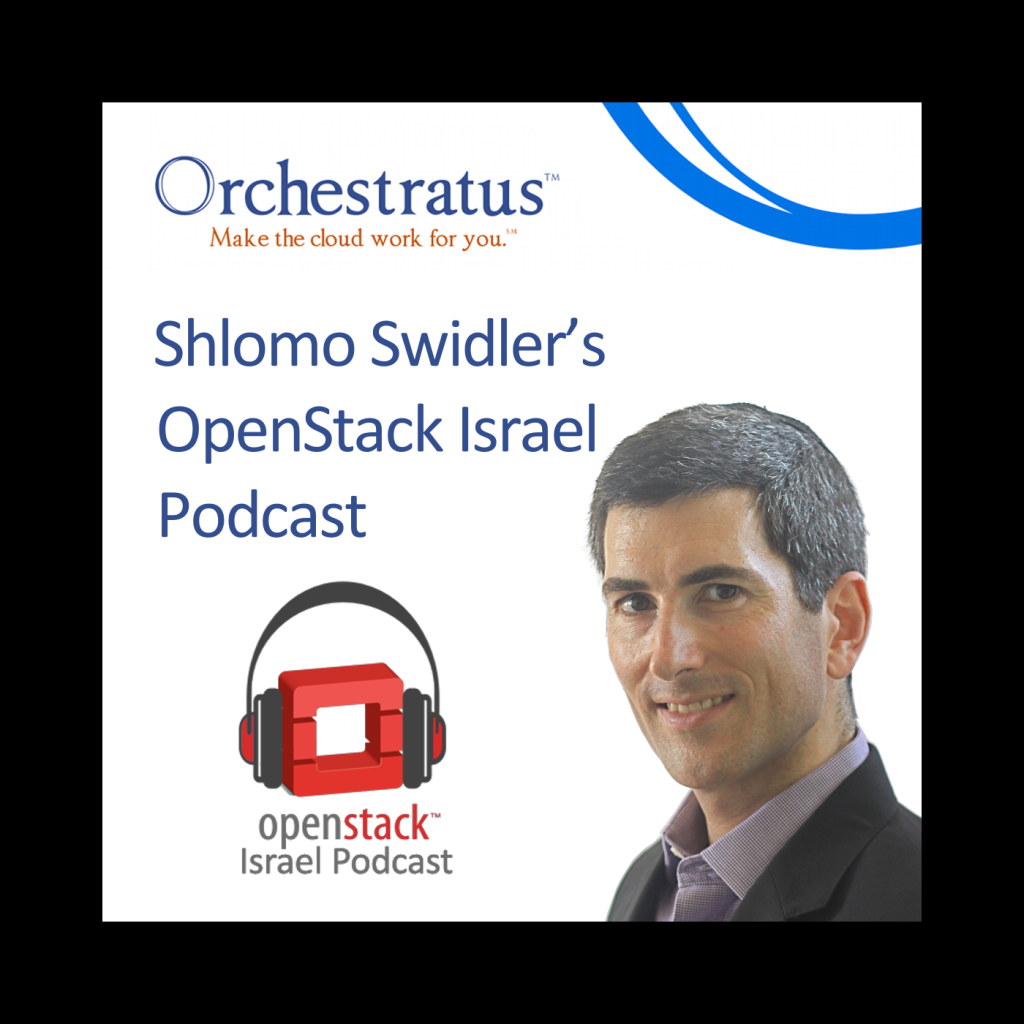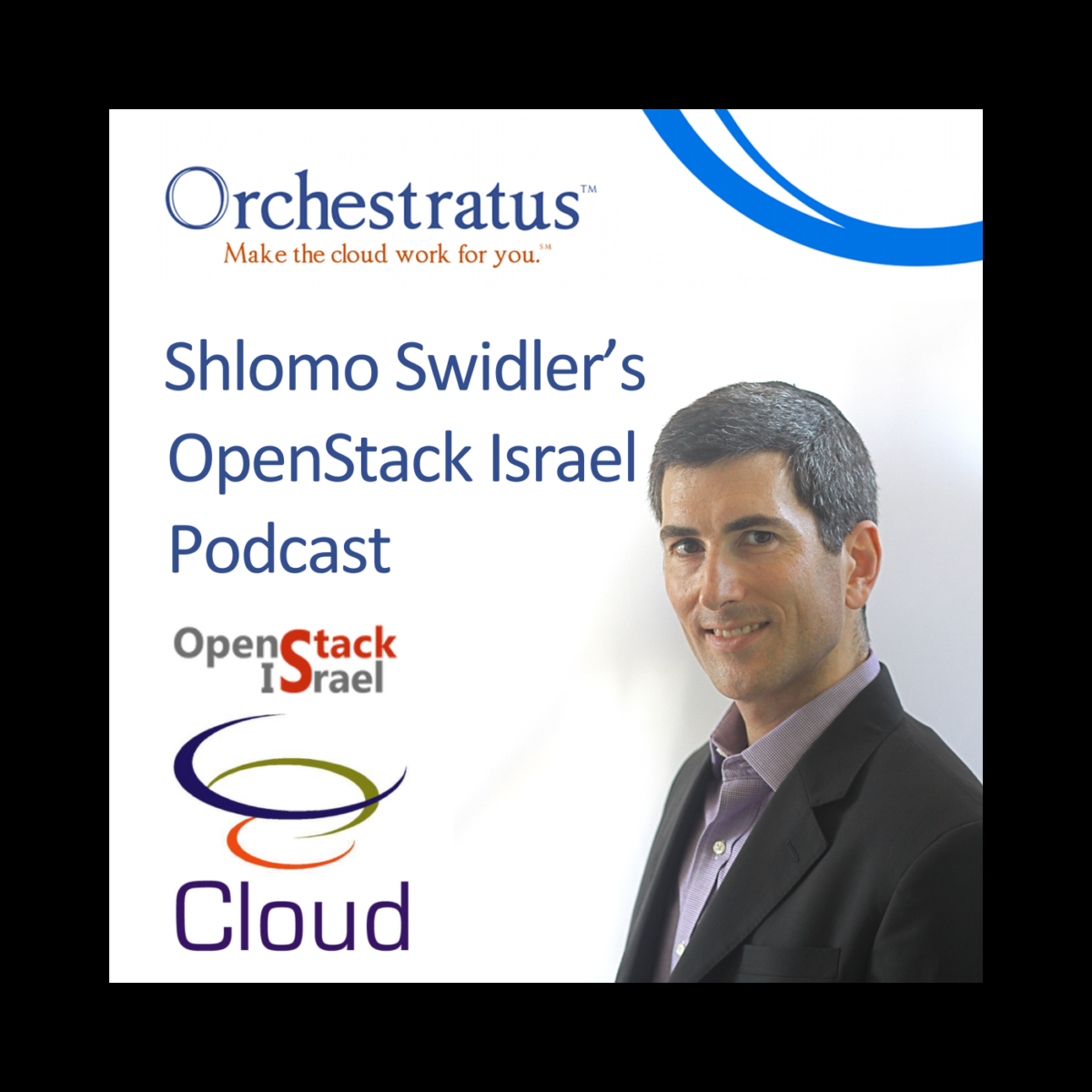Last week both Google Cloud Platform and Amazon Web Services reduced their prices for cloud computing services significantly to comparable levels, and both now offer significant discounts for long-term usage. Yet, though the two cloud services may seem similar, their radically different long-term pricing models reveal just how different these cloud offerings really are.
Whose responsibility is capacity planning?
The core difference between GCP and AWS is in capacity planning: Whose responsibility is it? In AWS, the customer owns their own capacity planning. If the customer can accurately predict their needs for the long term, they can purchase Reserved Instances and save significantly as compared to the on-demand cost. Whereas in GCE, Google owns the capacity planning. GCE customers are granted a Sustained Use discount at the end of the month for resources that were active for a significant portion of the month. The GCE customer might track their expected vs. actual costs and be pleasantly surprised when their bill at the end of the month is lower than expected, but the GCE customer cannot a priori translate their capacity planning prowess into reduced costs.
This begs the question: Are cloud consumers actually good at capacity planning? Sadly, no. Capacity planning in the pre-cloud age of the data center was dicey at best, with managers relying on overprovisioning to save their necks in the face of so much uncertainty. This overprovisioning is no longer a time-to-market-driven necessity in the cloud – but classic capacity planning is no more accurate in the cloud than it was in the data center. That’s why a host of new cloud financial management tools, such as Cloudyn, have sprung up in recent years: These tools help the cloud consumer predict usage and optimize their up-front commitments to maximize cost savings.
Using cloud financial management tools can help you reduce long-term costs, but only to the extent that the cloud provider rewards accurate capacity planning with lower prices – as does AWS. With Google Cloud, there’s no such pricing lever to pull.
But, make no mistake: Choose your cloud provider based on technical and business merits, not based solely on the long-term pricing model. Contact me if you need help.


